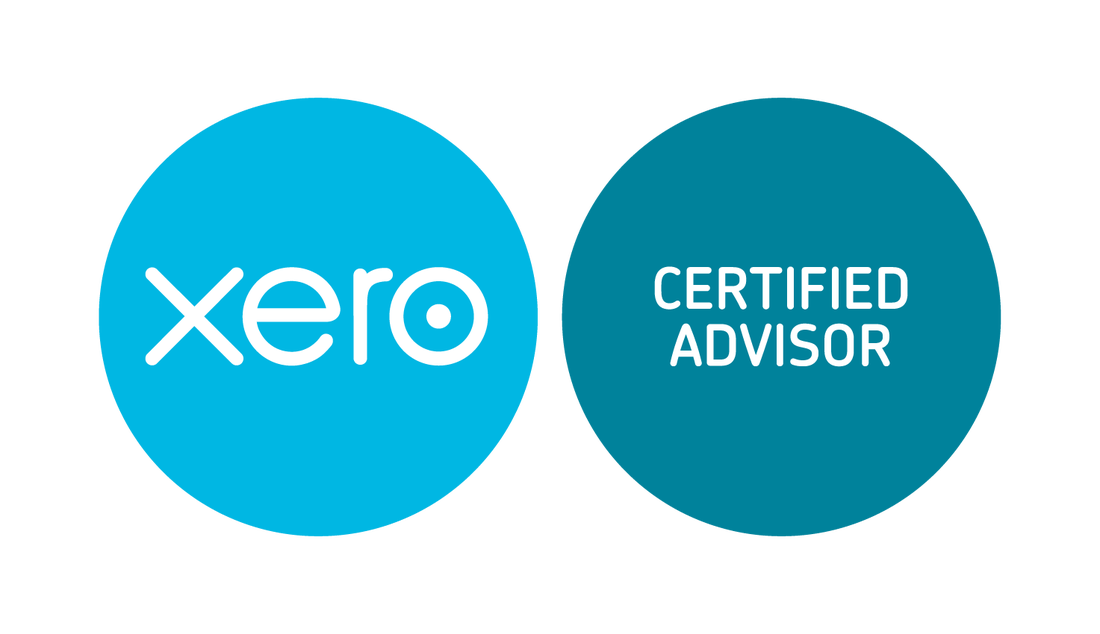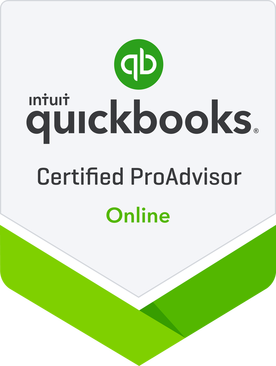|
Key advantages enjoyed by the companyThe company enjoys a number of advantages over the other business vehicles, as summarised below.
Lower rates of tax For many traders, the attraction in using a limited company will be perceived tax savings. Companies pay corporation tax on their profits at the rate of 19%. Compare this with the unincorporated business where the sole trader or partner pays income tax at up to 45% and Class 4 NICs at up to 9%. Access to tax reliefs A number of reliefs are restricted to companies; for example, Research and Development (R&D) tax relief. Where a small or medium-sized company carries on qualifying R&D, they are entitled to an additional deduction of 130% of qualifying expenditure in calculating their profits. Further, where the company is loss-making, they have the option of surrendering the loss for a payable tax credit from HMRC. Limited liability Using a company means that an individual’s risk is limited to the amount invested in the company, giving the business owners valuable peace of mind. Compare this with the sole trader whose liability is unlimited, and with the partner who is jointly and severally liable for the debts of the partnership. In recent studies on why traders incorporate, limited liability was found to be a key factor – Flexibility - ownership Using a limited company may make it easier to involve family members or others in the ownership of the business as shares in the company can be issued. Flexibility – payment of tax Using a company can give some flexibility as to when amounts are taxed. For example, a shareholder in an owner-managed business may wish to restrict the amount they extract from the company in order to avoid paying income tax at the higher or additional rate; to avoid the high income child benefit charge or to avoid the high-income restriction to the personal allowance. Attracting funding Although there is unlikely to be any significant difference between a limited company and a sole trader/partnership when it comes to access to normal sources of funding, such as from a bank, trading through a company can have advantages when individual investors are sought. For example, the Enterprise Investment Scheme (EIS) is designed to encourage new equity investment in trading companies and provides the investor with generous tax reliefs. Rewarding employees Many successful businesses depend on a small number of key employees. To ensure that those employees remain with the business, and continue to perform at the current level, it may be necessary to involve them in the ownership of the business. For the unincorporated business, this can be difficult to achieve as the employees would need to be admitted as partners. For incorporated businesses, shares can be given to employees over a period of time as targets are met. In addition, different classes of shares can be created to give or protect rights over certain income flows and assets. Perception Like it or not, many people prefer to deal with a limited company as opposed to an individual, believing that the limited company is more likely to be an established business with more resources. It may also be the case that the trader sees value in being a director of a limited company. Lower taxes on profitsA company’s income is subject to two levels of tax, as follows:
It is common for the business owner(s) to be paid a small salary – ie above the limit for securing access to the state pension and below the amount at which a liability to Class 1 NICs arises - and for additional funds to be taken as dividends. The starting point is to establish how much in after-tax funds the business owner requires as the tax savings are maximised where more profits are retained in the company. Other factors to consider include the following: Utilise tax-free allowances Are all available tax-free allowances being utilised? For example, the £2,000 dividend allowance and the personal savings allowance (£1,000 for basic rate taxpayers and £500 for higher rate taxpayers). Avoid higher rates of tax Can total taxable income be restricted to avoid a liability at the higher or additional rates of income tax? Be aware of how different areas of tax interact Can adjusted net income be reduced so that it doesn’t exceed £50,000, to avoid the high-income child benefit charge, or £100,000, so that the full benefit of the personal allowance is maintained? Cash flow considerations Could action be taken to delay tax payment dates; for example, by paying a dividend shortly after 5 April, rather than before, the payment date for the tax could be pushed back 1 year.
0 Comments
Leave a Reply. |
Archives
June 2021
Categories
All
|
Home | About Us | Services | Contact Us | Privacy Policy
Contact No: 01273 980033
Email: [email protected]
Address: Concorde House, 18 Margaret Street, Brighton BN2 1TS
Contact No: 01273 980033
Email: [email protected]
Address: Concorde House, 18 Margaret Street, Brighton BN2 1TS

 RSS Feed
RSS Feed

